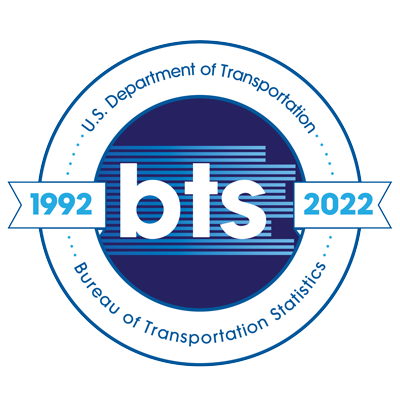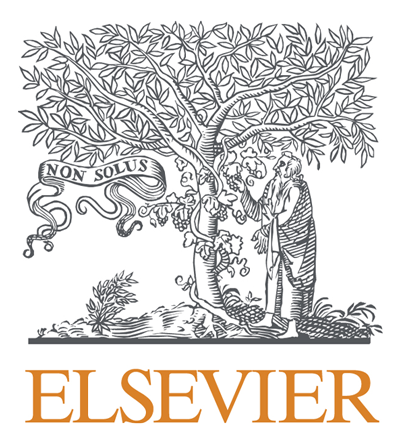Food Access in Maps, Newspapers, and Public Health in the United States
Topics:
Keywords: critical cartography, food deserts, public health
Abstract Type: Paper Abstract
Authors:
Daniel Block, Chicago State University
,
,
,
,
,
,
,
,
,
Abstract
Studies and activism around the food access and the concept of “food deserts” flowered in the United States during the period since the early 2000’s. These concepts are specifically tied to the rise in the availability of GIS technology and data on store locations, as well as the concurrent focus on the “obesity epidemic.” The food desert concept has been criticized for being overly negative, specifically overlooking the food-making work of the residents of low food access areas, as well as overlooking the often-racial causes of low food access. Alternative terms such as “food apartheid” and “food redlining” have been proposed. Food access research has also been criticized methodologically, including criticisms that studies rely too much on correlation. This presentation focuses on the rise of the “food desert” concept in US public discourse and the use of maps in this discourse. It begins with a discussion of earlier work on geographic differences in food affordability, much of it dating to the 1960’s, then considers three major types of sources: activist and consultant reports; government reports and mapping projects; and two newspapers, the Chicago Tribune and Philadelphia Inquirer. Through a textual and critical cartographic analysis of these sources, the presented research addresses the history of popular discourse on food deserts and the importance of maps and mapping technology in shaping this history.
Food Access in Maps, Newspapers, and Public Health in the United States
Category
Paper Abstract








